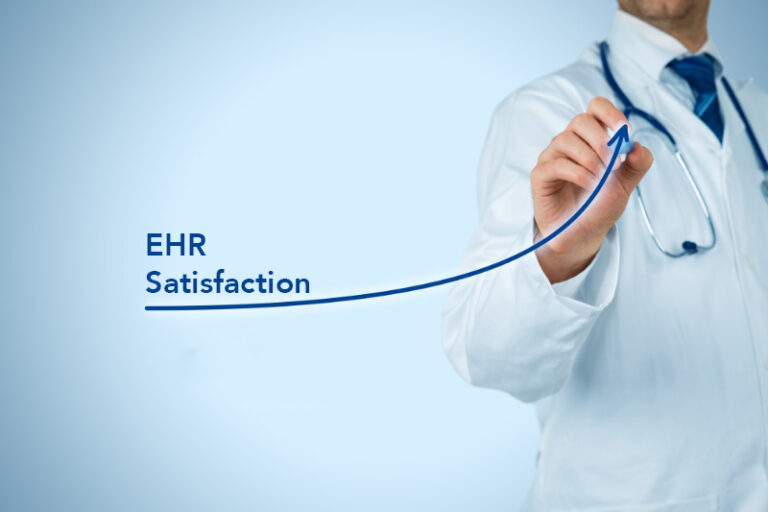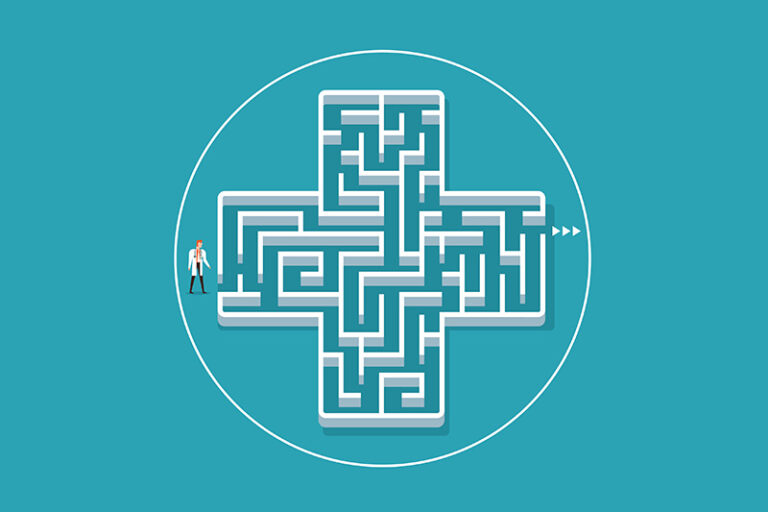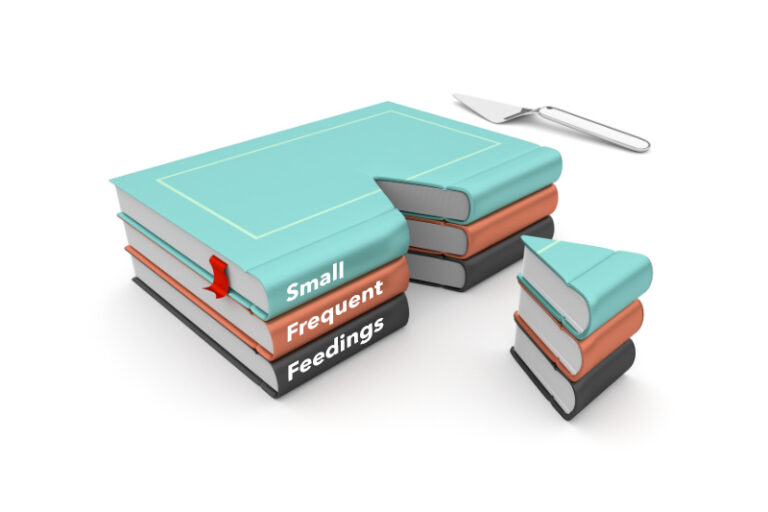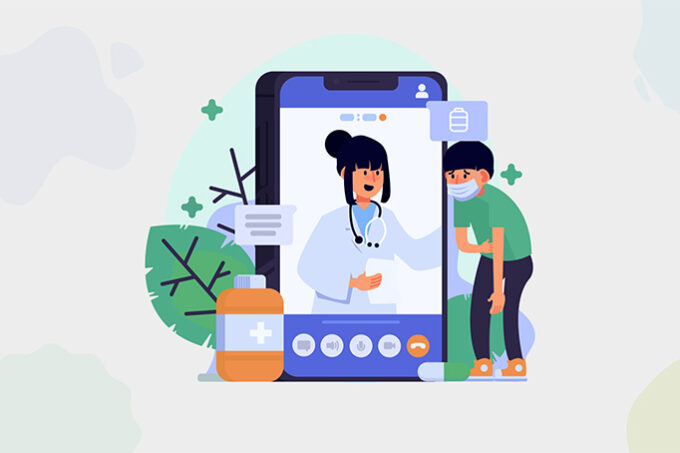
Liz Griffith
uPerform
Director, EHR Education
Welcome to the uPerform Thought Leader series, a collection of articles penned by industry leaders committed to improving health IT training and sharing their knowledge. Liz Griffith serves as the Director of EHR Education at uPerform and is a fiercely passionate champion for health IT training. Prior to her role at uPerform, Liz served as the Director of Customer Insights at KLAS Research, leading EHR satisfaction consulting and measurements.
Food for thought
Over the last year, I have had the privilege to work alongside exceptional healthcare leaders, one of whom has experienced the full range of nursing clinical care and leadership. Dr. Annabaker Garber has spent her career in nursing and in many different leadership roles, culminating as a CNIO at HCA Healthcare for many years. Even in her “retirement” she is the Chief Clinical Officer for Mobile Hearbeat.
In one of our conversations for a Becker’s Healthcare podcast episode, she shared the term “small, frequent feedings” as an analogy for how we should be thinking about health IT training, specifically for the EHR. You can listen to the podcast or read a brief recap here. I had to ask her to elaborate, as I was unfamiliar with the term. She explained that every nurse should understand that the way you should nurse someone back to health is with small, frequent feedings, so as not to overwhelm the patient’s system. The light immediately clicked on for me that this is exactly how we should be thinking about IT education strategies.
For decades, the strategy has been a huge feast of information meant to be ingested all at once in a big bang go-live or new hire onboarding. Then, that ‘feast’ is meant to get you throughout the rest of your tenure at an organization. Obviously, if we are likening this to a physical body and nutrition, this strategy would quickly fail. As it relates to education, this strategy not only flies in the face of adult learning theory, but if the data coming out of KLAS Research is to be understood, this has been failing our clinicians all along.
According to KLAS data, over 50% of clinicians are asking for more training. Best practices suggest 3-5 hours annually of ongoing training delivered in bite-sized chunks. Thus, ‘small, frequent feedings’ seems the perfect way to sum it all up. As I have continued to chew on this, I wanted to take a moment to jot my thoughts down on how to put this into a basic outline for a go-forward training strategy.
The nursing metaphor: Small, frequent feedings
In nursing, the concept of “small, frequent feedings” refers to the practice of providing patients with regular, manageable portions of food to support their recovery, particularly when they may have difficulty digesting larger meals. This approach recognizes that smaller, more frequent meals are better absorbed and less likely to overwhelm the patient’s system. It allows the body to gradually adapt and absorb nutrients efficiently, promoting healing and well-being.
Since speaking with Dr. Garber, this concept has been churning around in my brain, as it is the perfect metaphor for adult learning. The transition from traditional classroom training to a just-in-time virtual learning platform is like providing nurses with “small, frequent feedings” of IT knowledge. Let’s break this down:
Manageable Portions
In the traditional classroom model, nurses often receive large doses of information in a limited timeframe. This can be overwhelming and counterproductive, akin to trying to digest a hefty meal in one sitting. The virtual learning platform divides the information into manageable, bite-sized pieces (also known as microlearnings), ensuring that nurses can focus on one concept at a time.
The Ebbinghaus Curve of Forgetting suggests that 80% of knowledge is lost within 4 days of knowledge acquisition. So, this idea that one long training session will be enough for anyone to understand all that is necessary is extremely outdated.
Regular Updates
EHR and other IT systems are continually evolving, with new updates, features and changes emerging regularly. Traditional classroom training often becomes outdated before nurses even begin to apply it in their practice. Virtual learning platforms, such as uPerform, enable real-time updates, providing nurses with the latest information and ensuring they stay current. In a world where EHR utilization has a direct impact on patient care, being up-to-date on effective utilization is imperative.
While it is often criticized as being a “glorified billing tool,” the EHR is a clinical tool. There are plenty of examples where misuse or misunderstanding of the EHR has led to patient harm; there are also plenty of examples where effective use of the EHR has led to life-saving patient care. I highly recommend The Digital Doctor, which dives into this concept in great detail.
Focusing on Competence
Small, frequent feedings allow nurses to adapt gradually to the complexities of the EHR. They can progress at their own pace, honing their skills one step at a time. This approach is far more conducive to long-term retention and application. I owe this one to Dr. Garber, as well. She advises us to remember that the goal is not to check a box that training has been completed; the goal is for our nurses to feel competent in their use of the technology, understanding their workflows and how the EHR is a clinical tool to help them deliver great patient care.
Reduced Tech Burden
Just as smaller meals are easier to digest, smaller doses of knowledge are less overwhelming. Nurses can absorb and integrate new information without feeling overloaded, enhancing their confidence and competence. Nurses have carried the weight of the COVID-19 pandemic, been abused by patients, prosecuted for errors, are understaffed and the list goes on. Reducing the IT burden is among the low-hanging fruit that health systems can tackle to remove some of the pebbles in the shoes of front-line caregivers.
Benefits of a balanced training diet
Virtual learning platforms that offer on-demand access to information allow nurses to learn when they need it. Just-in-time learning allows nurses to access knowledge at the precise moment they may be struggling in their system.
Transitioning to a just-in-time virtual learning platform for EHR and other IT education offers several key benefits:
- Improved Competence: Smaller, more frequent knowledge feedings result in better retention of new knowledge, as nurses can focus on mastering one skill before moving onto the next.
- Real-time Help and Updates: Keeping up with the latest developments in the EHR ensures that nurses are always prepared to work with the most current systems and comply with the latest policies and procedures. On-demand help resources ensure that all nurses can get back to patient care as quickly as possible.
- Enhanced Adaptability: Nurses become more adaptable and confident in their EHR skills, as they learn at their own pace.
- Reduced Tech Burden and Increased Satisfaction: Smaller, more manageable learning portions can help reduce stress and technology burnout among nursing staff, improving satisfaction with IT tools like the EHR.
- Time and Resource Savings: With less reliance on classroom instruction, healthcare organizations can reallocate resources and save time for clinicians and training teams.
The transition from traditional classroom training to a just-in-time virtual learning platform for IT education is equivalent to “small, frequent feedings” of knowledge. This approach is more adaptable, scalable, efficient, and conducive to long-term success in the ever-evolving healthcare landscape. As technology continues to shape the field of nursing, adopting this method of education is a prescription for nurting nurse competence, reducing the tech burden and improving patient care.
Related Articles
Explore just-in-time training for your organization
Curious about what just-in-time training might look like for your organization? Contact us today to schedule a demo!







